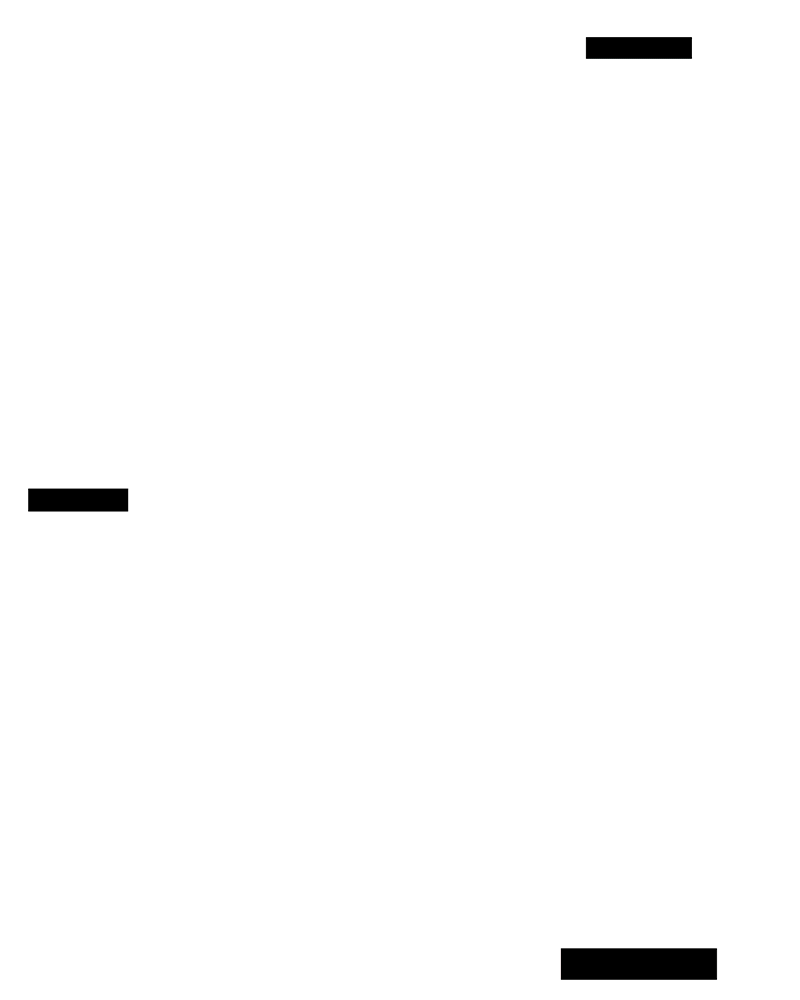Democracy,
technology &
social media

In the ever-evolving social landscape of the 21st century, the intricate interplay between media, democracy, and technology has become a central theme. This dynamic trio is at the heart of a complex and continually changing relationship that shapes the way societies function, the manner in which information is disseminated, and the extent to which democratic principles are upheld.
Over the years, technology has revolutionised the media, and in turn, the media has played a pivotal role in shaping the very foundations of democracy.
Is the growing number of information sources leading to less trust?
The rise of digital platforms has democratised information dissemination, enabling a more diverse array of voices and perspectives to be heard. While this has increased the diversity of voices and perspectives, it has also raised concerns about the reliability and credibility of information.
As trust in traditional purveyors of news and other bastions of society crumbles, the conditions under which the use of technology can contribute to, or threaten, democracy is an issue of central academic, societal and political importance.


Assistant professor Michael Hameleers tracks new developments in disinformation.
‘The problem we are facing now is that misinformation and disinformation are now frequently indistinguishable from authentic or factually accurate information, so the concern arises that people could see everything as fake. That makes it easy for people to label anything they disagree with as “fake news”. And now the label “fake news” is being weaponised – political actors know this and may, for example, use the term to apply to entirety of the so-called mainstream media.’
‘Trust is being eroded. That’s part of the overall goal of disinformation. The people who produce disinformation must know that much of the lies and deception they spread can be easily debunked, but they also know that it will have a lasting negative effect even if it’s discredited. The general aim of disinformation now is not necessarily to convince people of one particular thing, but to confuse them and make them more distrusting of all sources of information.’

‘In US, for example, levels of trust in mainstream media have collapsed, particularly among people on the political right. As the media landscape becomes ever more fragmented, how can that trust be re-established?’

Sophie Morosoli: ‘The issue of trust an important one. It tells us about whether a democracy is still functioning as we hope it should. Because for a democracy to function, it requires a baseline of faith in our institutions, in our politicians, in our media ecosystem - there is an intricate web of interactions between all of them, which, once upset, can have huge consequences for electoral behaviour. And, of course, electoral behaviour in turn influences politics and policies.’
‘That is why the findings of our research on levels of trust in society are quite startling, when we see that levels of trust in politicians have entirely collapsed.’

Associate professor Damian Trilling examines where people get their news from is this new, fragmented media world:
‘We see that traditional media still plays an important role, but there is also so much diversification of people’s news sources now. People’s judgments on what constitutes news are not always what you might think. In our research, people would classify influencer videos they saw on YouTube as news, and when we asked why they said “Because they were talking about what needs to be done about climate change.” And it’s hard to say that they were wrong about that.’


Finding the balance

‘What we’ve found is that people’s news diets are remarkably broad. The concept of the filter bubble appears increasingly inaccurate. It’s not that people are unaware of media with a different point of view, they just don’t attach any value to it. There’s a recognition now that amplification tendencies are the key.
Users can be led from moderate content down a fringe rabbit hole by algorithms, although we don’t yet know how widespread that problem is. That’s what we should be focusing on, trying to help make sure that people’s journeys through the news are not mediated in such a way as to lead them to extremes.’

Hameleers:
‘We know that a large majority of the news information out there is true. So then we have a paradox – the so-called Streisand effect – of making the problem worse by drawing attention to it. If we focus too much on disinformation, we can end up making people uncertain and distrustful of all information, which is actually what the disinformation was trying to achieve in the first place. Surveys show that people think 50% of everything they see is disinformation whereas in fact it’s more likely in the region of 2 to 5%.’
‘It’s important that people try to be critical rather than cynical. Tell people “This is where you can find trustworthy news.” We should maybe be spending less time pointing out the problem of disinformation, and more time trying to increase trust in accurate sources of information and making them more accessible.’

More about Democracy

AI, media and democracy
There cannot be a democracy without a healthy media landscape, there is no free media without a democracy, and the media cannot function without technology.

Elections and Democracy
Which themes are high on the agenda? What role does populism play? To what extent do voters care whether a politician is male or female? Our experts answer these and other questions about the elections.
© Universiteit van Amsterdam
Artwork by Objekt Studio
Images via Pexels.com and Unsplash.com

